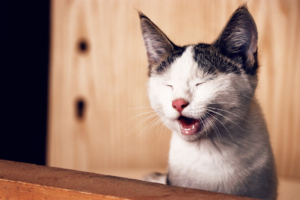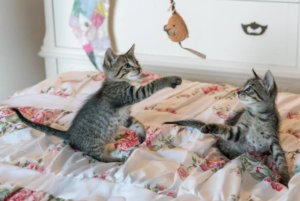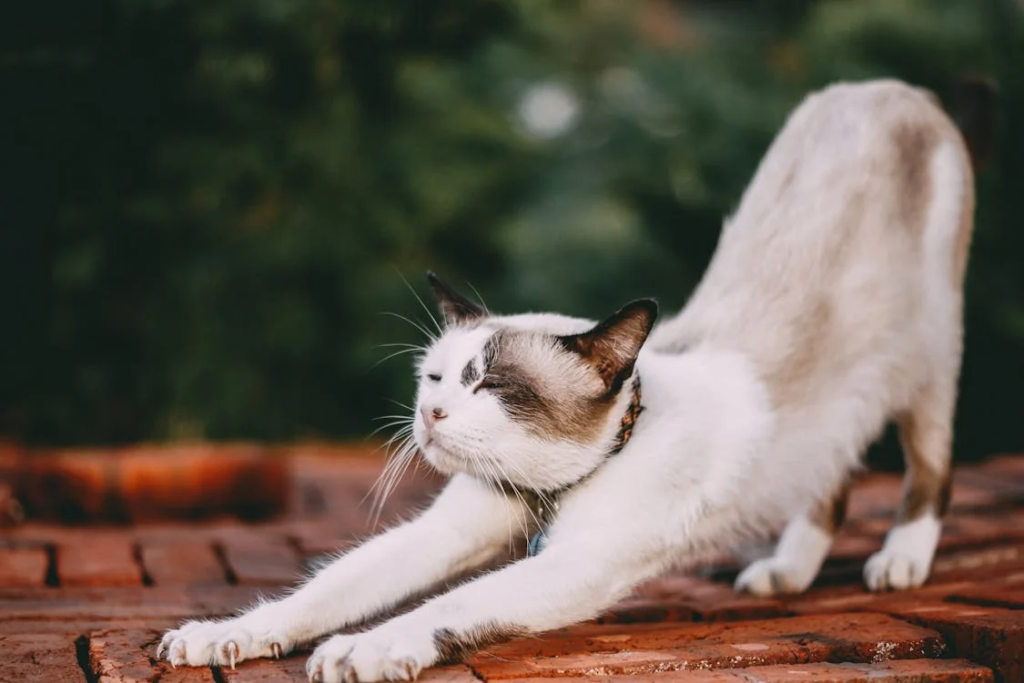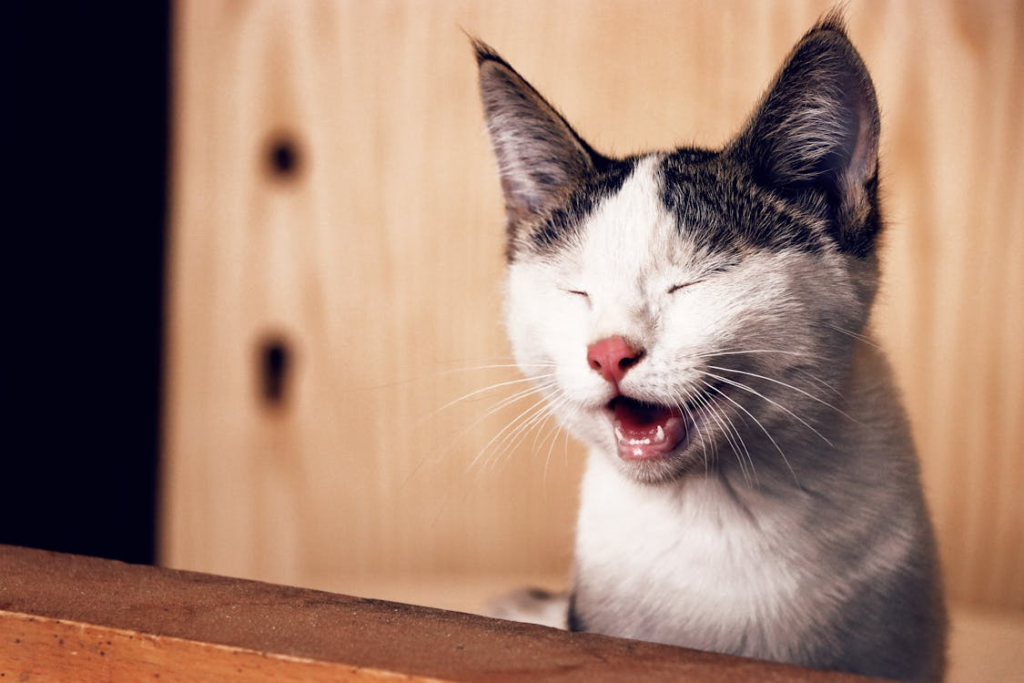Understanding the Importance of Cat Vaccines
Vaccinations play a crucial role in protecting our feline companions from various infectious diseases. As responsible pet owners, it’s essential to understand the importance of vaccinations and how they contribute to your cat’s overall health and longevity. This comprehensive guide will explore everything you need to know about cat vaccines, from core vaccinations to tailored immunization schedules.
Core Vaccines for Cats
Core vaccines are those recommended for all cats, regardless of their lifestyle. These vaccines protect against diseases that are widespread, highly contagious, or potentially fatal.
1. Feline Panleukopenia (FPV)
Feline Panleukopenia, also known as feline distemper, is a highly contagious viral disease that can be life-threatening, especially for kittens. The vaccine for FPV is considered highly effective and provides long-lasting immunity.
Key points:
- Causes severe gastrointestinal symptoms and suppresses the immune system
- Particularly dangerous for young kittens
- Vaccination typically starts at 6-8 weeks of age, with boosters given every 3-4 weeks until 16 weeks old
2. Feline Herpesvirus-1 (FHV-1)
Feline Herpesvirus-1 is one of the primary causes of upper respiratory infections in cats. While not usually fatal, it can cause significant discomfort and lead to chronic health issues.
Key points:
- Causes respiratory symptoms, including sneezing, nasal discharge, and conjunctivitis
- Can lead to chronic eye problems and recurrent infections
- Vaccination is typically combined with FPV and Feline Calicivirus
3. Feline Calicivirus (FCV)
Feline Calicivirus is another major cause of upper respiratory infections in cats. It can also lead to oral ulcers and, in severe cases, pneumonia.
Key points:
- Symptoms include oral ulcers, nasal discharge, and fever
- Some strains can cause more severe symptoms, including lameness and organ failure
- Vaccination is usually combined with FHV-1 and FPV
4. Rabies
Rabies is a fatal viral disease that affects the nervous system of mammals, including cats. It’s a zoonotic disease, meaning it can be transmitted to humans.
Key points:
- Required by law in many jurisdictions
- Usually given as a single dose at 12-16 weeks of age, with boosters every 1-3 years depending on local regulations and the specific vaccine used
- Critical for outdoor cats or those living in areas with wildlife exposure
Non-Core Vaccines for Cats
Non-core vaccines are recommended based on a cat’s individual risk factors, such as lifestyle, environment, and geographical location.
1. Feline Leukemia Virus (FeLV)
FeLV is a retrovirus that suppresses the immune system and can lead to various health problems, including cancer.
Key points:
- Recommended for outdoor cats or those in multi-cat households
- Initially given as a series of two vaccines, 3-4 weeks apart
- Annual boosters may be recommended for cats at continued risk
2. Feline Immunodeficiency Virus (FIV)
FIV is another retrovirus that weakens the immune system, making cats more susceptible to other infections and diseases.
Key points:
- Vaccination is controversial due to interference with FIV testing
- May be recommended in high-risk situations
- Discuss the pros and cons with your veterinarian
3. Bordetella bronchiseptica
This bacterial infection can cause respiratory symptoms in cats, similar to “kennel cough” in dogs.
Key points:
- May be recommended for cats in high-density housing situations (e.g., catteries, shelters)
- Available as an intranasal vaccine

Tailoring Vaccination Schedules for Your Cat
Every cat is unique, and their vaccination needs may vary based on factors such as age, health status, and lifestyle. Work with your veterinarian to create a personalized vaccination schedule that best protects your feline friend.
Kitten Vaccination Schedule
Kittens typically start their vaccination series between 6-8 weeks of age. A common schedule might look like this:
- 6-8 weeks: FVRCP (combination vaccine for FPV, FHV-1, and FCV)
- 10-12 weeks: FVRCP booster, FeLV (if recommended)
- 14-16 weeks: FVRCP booster, FeLV booster, Rabies
Adult Cat Vaccination Schedule
Adult cats generally require fewer vaccinations than kittens. A typical schedule might include:
- Annual wellness exam
- FVRCP booster every 1-3 years, depending on risk factors and vaccine type
- Rabies booster as required by law (usually every 1-3 years)
- FeLV booster annually for at-risk cats
Potential Side Effects and Considerations
While vaccines are generally safe and effective, it’s important to be aware of potential side effects and discuss any concerns with your veterinarian.
Common side effects may include:
- Mild fever
- Lethargy
- Reduced appetite
- Local swelling or discomfort at the injection site
In rare cases, more severe reactions can occur, such as allergic reactions or vaccine-associated sarcomas. Always monitor your cat after vaccination and report any unusual symptoms to your veterinarian promptly.
The Role of Titer Testing
Titer testing is a blood test that measures the level of antibodies present for specific diseases. Some pet owners opt for titer testing to determine if their cat needs a booster vaccination. While this can be useful in some cases, it’s important to note that:
- Titer testing is not universally accepted as a replacement for regular vaccinations
- It may be more expensive than vaccination
- Some vaccines, like rabies, may still be required by law regardless of titer results
Discuss the pros and cons of titer testing with your veterinarian to determine if it’s appropriate for your cat.
Conclusion
Vaccinations are a critical component of preventive healthcare for cats. By understanding the different types of vaccines available and working closely with your veterinarian, you can ensure that your feline companion receives the protection they need to live a long, healthy life. Remember, regular check-ups and open communication with your veterinary care team are key to maintaining your cat’s overall health and well-being.
External Authoritative Sources:
- Cornell Feline Health Center: https://www.vet.cornell.edu/departments-centers-and-institutes/cornell-feline-health-center/health-information/feline-health-topics/feline-vaccines-benefits-and-risks
- World Small Animal Veterinary Association Vaccination Guidelines: https://wsava.org/wp-content/uploads/2020/01/WSAVA-Vaccination-Guidelines-2015.pdf
- Journal of Feline Medicine and Surgery – Feline Vaccination Guidelines: https://journals.sagepub.com/doi/full/10.1177/1098612X20941784







